Before I leave Los Angeles and drive the 180 miles — or three hours and twenty minutes — that it takes to get to the Yucca Crater site in Wonder Valley, I speak with Benjamin Ball by phone. "I just hope that you don't try to understand Yucca Crater as a piece of conventional architecture, which seems to be what a lot of journalists want to do," he tells me. "There's an expectation of youthful polish or sexiness, but by now, it's probably a decaying shack." Which has been the plan all along. As Ball put it: "We didn't set out to make something that was going to withstand the elements. It's not something that's everlasting. It's not something that's made to be beautiful in a conventional sense of the word, with respect to design and architecture."
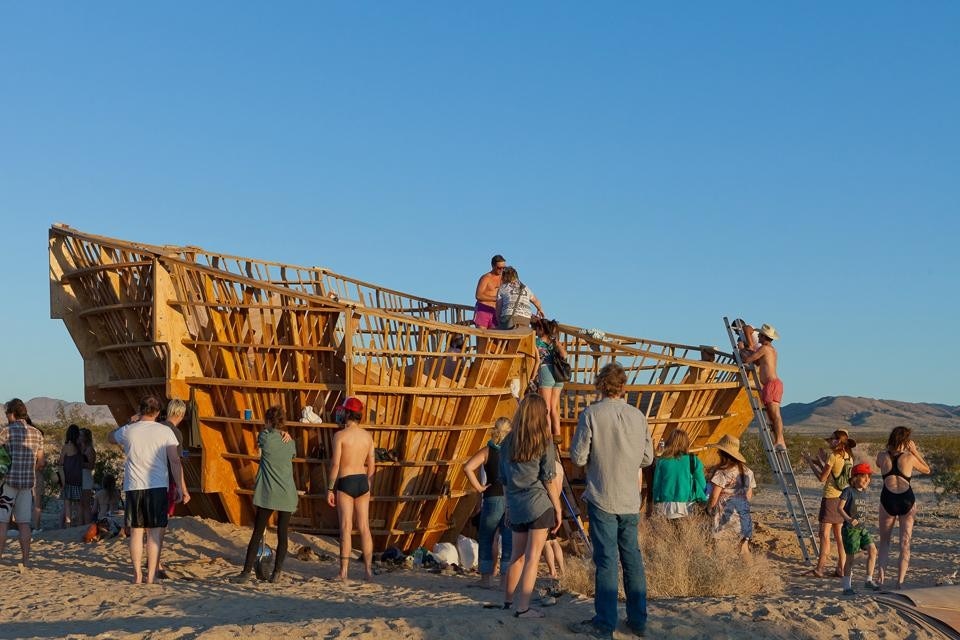
"It's degradable," he says. "I don't know about bio."
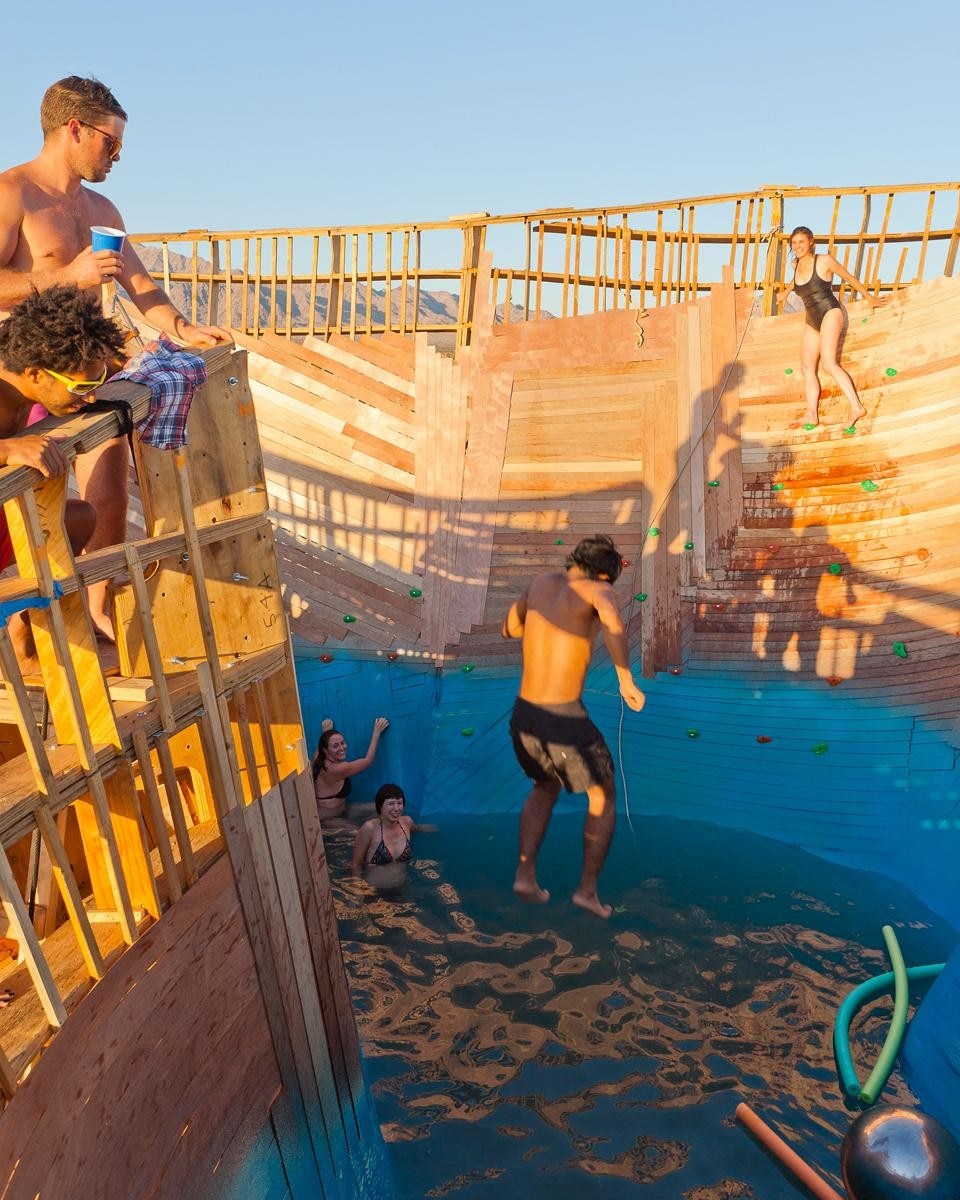
More than anything, our concern was creating a moment, a weekend, a place. Benjamin Ball
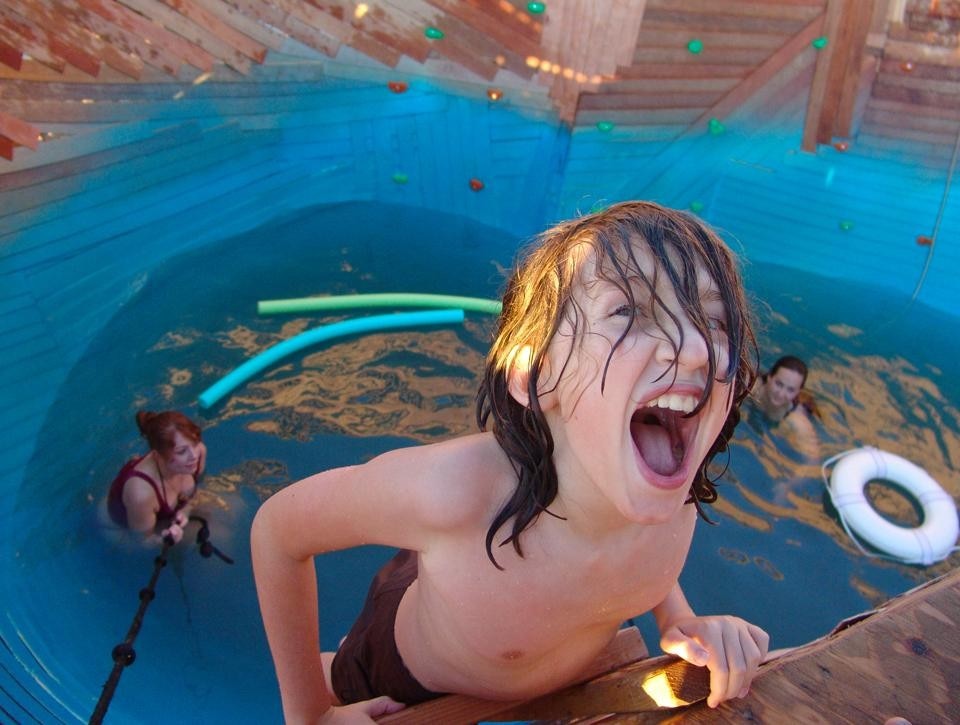
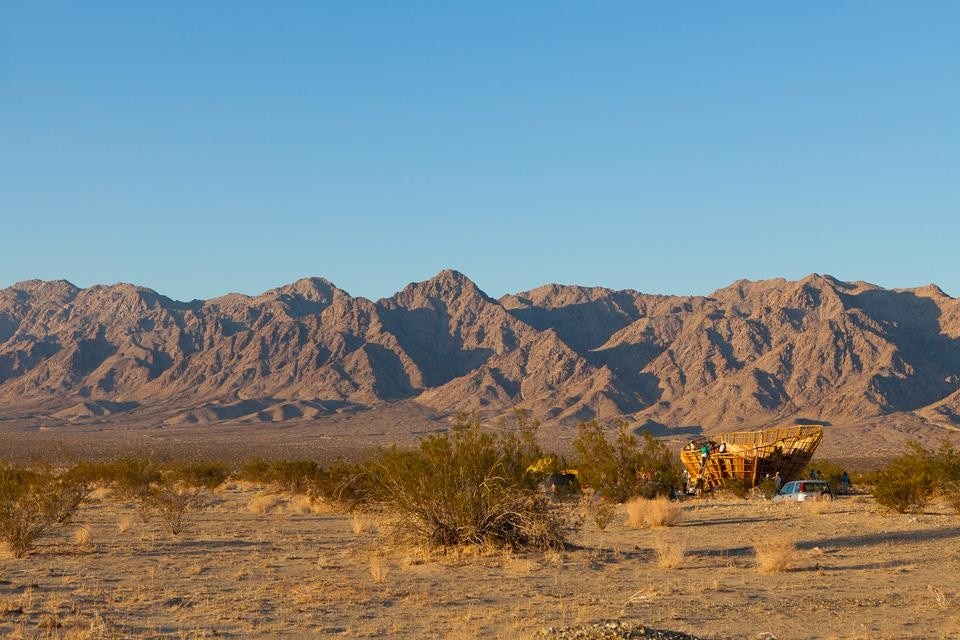
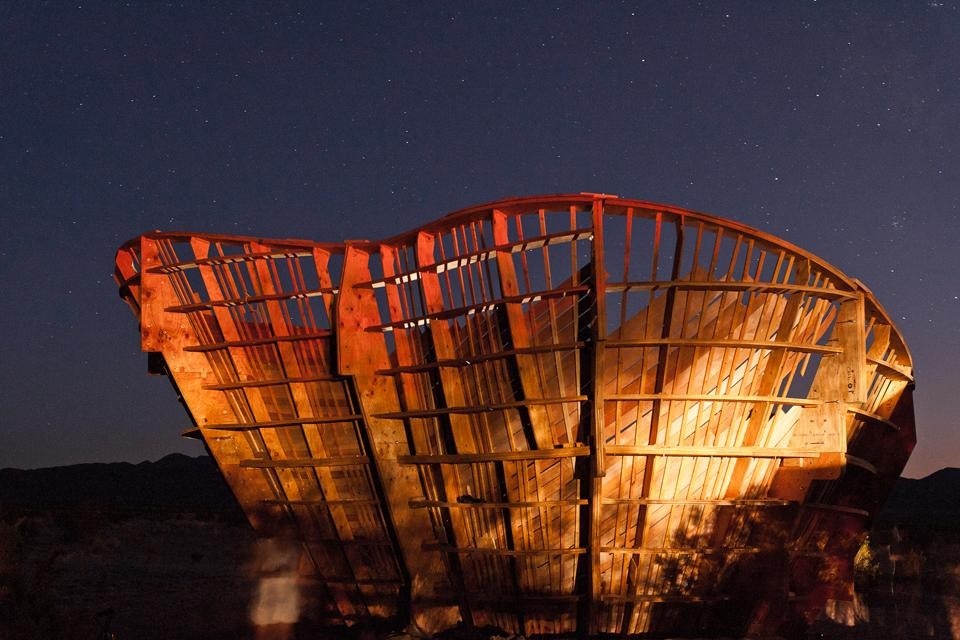
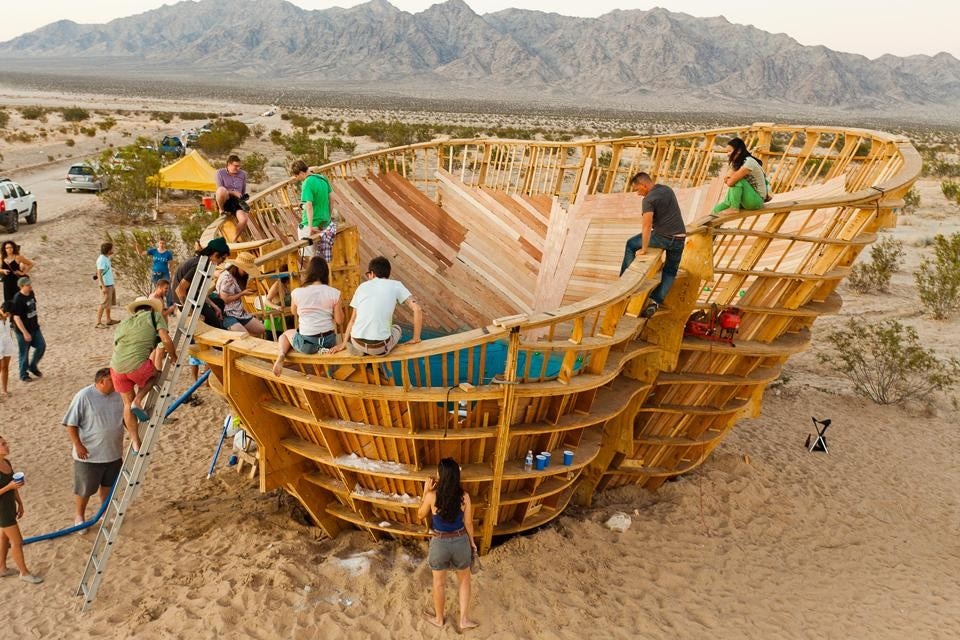
Ball tells me something I don't hear often: "People can do with it what they want."
Katya Tylevich


